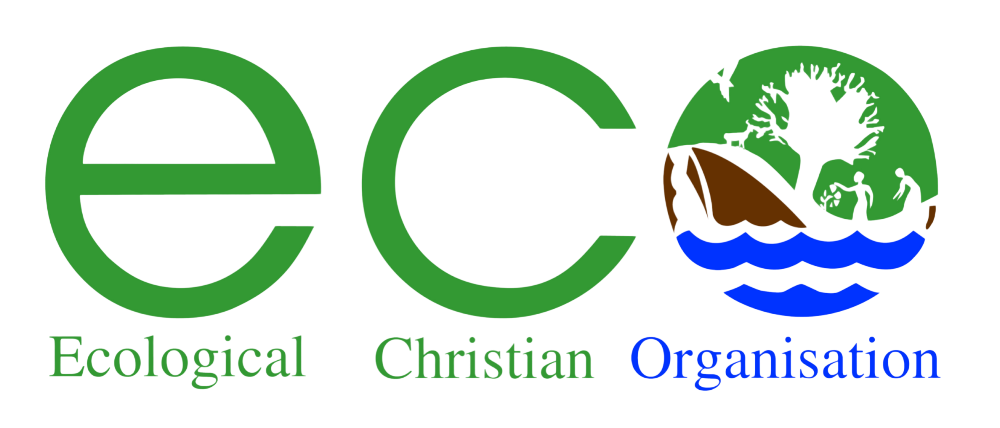Water, Water Everywhere, nor Any Drop to Drink; an old tale still current

Water, Water Everywhere, nor Any Drop to Drink;
an old tale still current
By Juliet Katusiime Zizinga
This line from the “Rhime of an ancient mariner” of 1797-8 by Samuel Taylor Coleridge, is as old as it is current. The discussions on water resources have for long taken a so technical path that we have paid less attention to the poetic bits.
With only 2.5% freshwater, indeed there is less a drop that we the nearly 8billion people have to use. The ratio of water resources managers to users of this resources is so small and invisible yet water in any of its form is everywhere.
The media in the case of Uganda has been in these recent days a washed with the wide spread effects of climate change evidenced by long dry spells and drought in some places. This follows the relatively lower precipitation in the past year of 2016.This is Country mothering part of the world’s longest river Nile whose flow is estimated to exceed 25Km3 annually according to the National Water Resources Assessment Report for Uganda 2013, average annual rainfall of about 1200mm and other large lakes like Victoria, Albert, Kyoga among other natural water resources.
Secondly, recent news have also reported some these resources receding to worrying and observable levels by even common dwellers, 5Kilometres off the original shoreline (Case of the Newvison report of 26th January 2017).While the natural and manmade causes have been blamed for this result, that is climate change and degradation, we need to revisit the roots of this problem tree. That is, the management and governance of these resources.
Water resources are largely a central government management and governance function with very limited legal powers to the users. Co-opting users as simply part of the challenge from the “sustainable use” side is the challenge itself .As I highlighted earlier that the Manager to User ratio is imbalanced. We need users as part of the Managers, legally to a greater extent. This means decentralizing as much power as deemed possible, sustainable and less destructive to local institutions(upto village level), maybe not individuals yet given the fluidity of water and related issues. This follows an assumption that these local institutions are made part of the main and current institutions.
The Directorate of Water Resources Management thinks they are in a positive direction following the formation of Catchment Based Management Institutions and Water Zones to ease Integrated Water Resources Management (IWRM), but the roles cut out for these institutions/committees are still superficial to cause the change needed.
The change needed is first and foremost to enforce legislations, especially the punishing of law breaking aspect and not the fulfillment of technical roles alone. Many will argue for awareness, financial support among other softer approaches, but the very users are critical of the lead institutions failing their JOB of enforcement. So, whom is the sympathy for, a thirsty user or a failing manager?
In this web of needed actions, the Water Directorates need to rally other sectors behind them more than ever to ably ensure effective management and governance of water resources. This will enhance the “manager ratio”. Otherwise, the old tale is still current and modern 220 years after its crafting.
Thank you for reading. Free to share views and Country experiences.
Juliet is a Senior Programs Officer at ECO (eco.org).She is passionate about, and works for equitable natural resources governance and management. Can be reached via katusiimej@ecouganda.org
